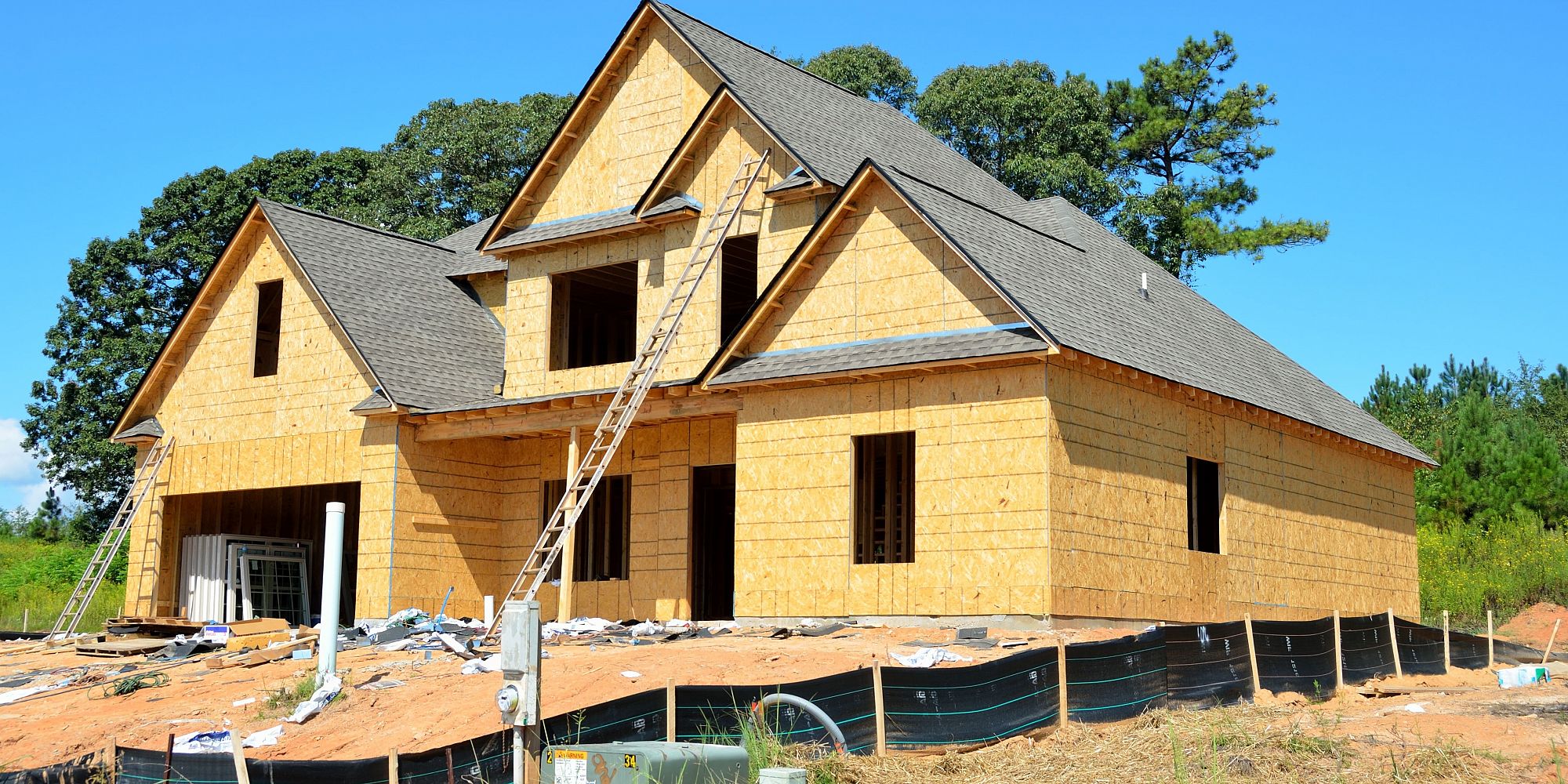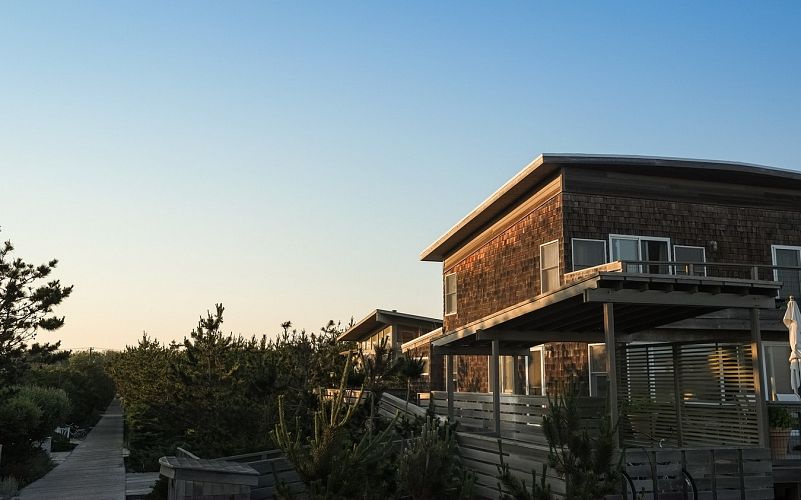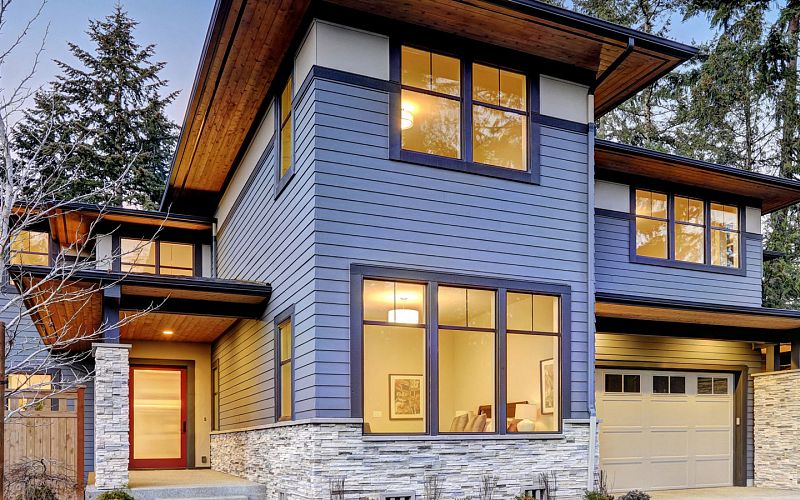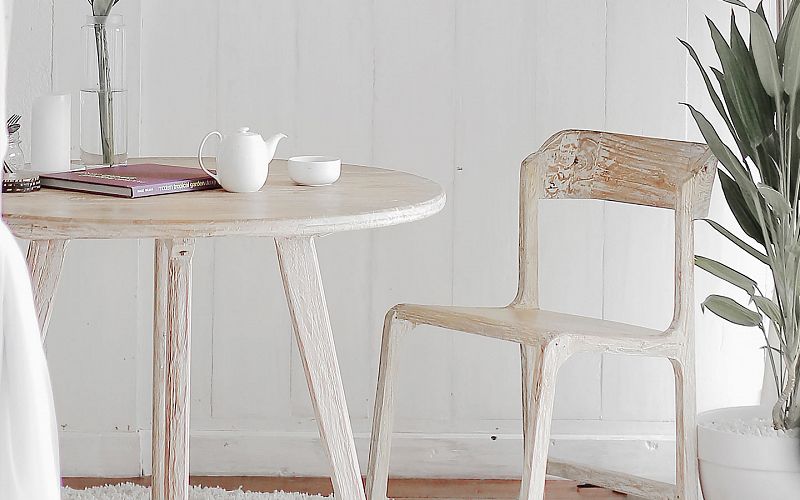For some people buying a dream home is not enough. They want to build it. Doing so can give a remarkable sense of pride and also help you have exactly what you want. One of the largest obstacles, however, is getting financing.
Many lenders are wary to give loans to people who are building their own home. They have the obvious fear that you will give up halfway through the project, leaving them foreclosing on land and an unfinished house. These loans are also considered riskier: expect to pay a higher interest rate. However, it is not impossible to get a loan to cover the construction of your home.
What Kinds of Financing Are There
There are two basic kinds of loans you can get for building your own home:
Construction-to-Permanent
This is an option if you are buying your land and then immediately starting construction. The loan will cover the cost of construction and your mortgage. While building, you pay only interest on the loan, usually for six to twelve months. The loan then converts into a standard mortgage under the normal terms. This reduces closing costs, but may not offer you the best deal. They are also known as C2P or one-step loans. Like standard mortgages, they are portable.
Construction Loan
A construction loan is one you take out just to cover the cost of construction. You generally have to pay this loan back as soon as construction is finished, however, meaning you will also have to shop for a separate mortgage. If you already own the land you are building on, a construction loan is a great option as long as you have a plan for paying it back. One major downside is that you may find you do not qualify for a mortgage sufficient to cover your construction costs, forcing you to sell your dream home. For example, you may lose your job halfway through construction.
Also, if you plan on being your own builder rather than working with a contractor, you will need to find an owner-builder construction loan. These can have even higher requirements and can be very hard to obtain. It may be better to partner with a licensed builder willing to let you pitch in. You should also be honest about your own abilities and whether you are willing to put in the work of obtaining permits, scheduling contractors, etc.
How do I Get a Construction Loan
As mentioned, construction and C2P loans are considered high risk by lenders. You can expect to pay about a quarter of a point more in interest. A fixed-rate loan may be better. The process is similar to that of a mortgage. You will need to get pre-approved for an amount, then design your home within that budget. Not all lenders offer construction loans, and your existing bank may not be one of them. To improve your chances of getting a loan you should:
-
Prepare the same documentation you need for a mortgage. You will need proof of identity and income, recent tax returns, documentation of your debts and liabilities, your profit-and-loss report if self-employed, and your current rent or mortgage payments.
-
Do a budget to ensure that you really can afford the construction loan along with your current living expenses. If you are still paying rent while building the house, this can be significant.
-
Be able to provide a detailed plan. You should be ready to show your lender architects' drawings of the house, you should be absolutely ready to start construction. The order should be pre-approval, planning the construction with the contractor, and then requesting the loan. Many banks only release construction loan money in stages and they will want to see the construction timetable. Talk to your builder about this. They should have experience providing the right kind of construction timetable to satisfy lenders. They may also have recommendations for which local lenders to talk to. In contrast, your bank may know of a good builder. The appraiser will use the plans and timetable to assess the value of the finished home.
-
Fix your credit. Because of the high-risk nature of these loans, lenders often require that you have excellent (not just good) credit.
-
Be ready to pay a 20% to 25% down payment. One good way to cover the down payment is a bridge loan, if you have equity in your current home. Some people will also sell their home and use the funds to cover the down payment and live in a rental property or temporary accommodations (such as a trailer) on the land while the new home is being built. The downside is that you have to pay moving costs twice. One reason why construction loans are so expensive is the lack of collateral. The asset does not yet exist. For cheaper homes, sometimes you may be able to get a lower down payment. It is worth checking to see if you qualify for government-backed mortgages, especially if you are currently renting.
-
Lower your debt-to-income ratio. This is how much you owe related to your income, and is another factor lenders look at. Pay off as much debt as you can before starting the process of looking for a construction loan. Pay particular attention to credit cards and consumer debt with higher income rates.
-
Save as much money as you can. While you probably can't save enough to cover the entire construction, having enough in the bank account to cover minor emergencies can help satisfy a lender. Also, you will have to pay for architects' drawings, blueprints, and planning work before you can get a loan, so make sure you have those costs covered.
-
Be ready to be involved in the entire process. You should make sure your builder is paying subcontractors, and address all issues as they come up in real time.
It is very possible, even with relatively low income, to get financing to build your own home. However, you should be ready for a more complicated approval process, higher down payment, and possibly higher interest. A good REALTOR® may be able to provide you with advice on finding a good builder and lender and how to navigate the process. It is worth talking to the REALTOR® through whom you are buying your land or lot to see how they can help you move forward.







